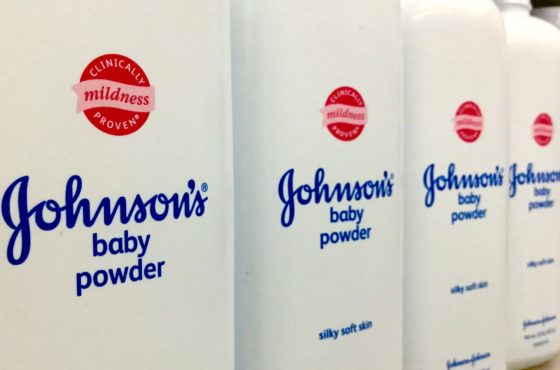We’ve all seen the ads on TV, lawyers seeking clients for any kind of mass tragedy. From pharmaceuticals to mesothelioma to consumer products, these ads seem to use the terms ‘class action,’ ‘mass tort,’ and ‘Multi-District Litigation’ (MDL) interchangeably. Indeed, in my 10 years of working for a mass tort firm, I’ve heard these terms thrown around like they have no meaning at all. While these forms of litigation are very similar, and indeed, related, they have important distinctions to consider.
Similar Mechanisms in the American Legal System
The reason we see these ads on TV is because there are a large number of plaintiffs out there, all injured by the same event or product, all seeking recovery for their related damages. The one thing these types of suits have in common is the fact that there will be a group of plaintiffs all injured by a common defendant, and a gaggle of plaintiff attorneys gathering behind them.
But these legal mechanics are not necessarily designed with the plaintiff in mind. In fact, the federal class action and MDL statutes note the purpose of these types of cases is to promote judicial efficiency. Mass tort cases, largely not statutory, are also designed to take pressure off the courts. All three devices take what would be dozens (or hundreds or thousands) of individual cases and group them under the umbrella of one lawsuit.
Different Roads to the Same Destination
The main differences between these suits are qualification and procedure. An MDL is created under a federal statute but requires a number of “civil actions involving one or more common questions of fact [to be] pending in different districts.” Once you meet that burden, you still have to request a court to centralize the cases, a decision largely based on the convenience of the parties.
The federal class action statute has its own requirements, including a minimum amount in controversy of $5 million. Generally speaking, class action suits require that “[t]he class is so numerous that joinder of all members is impracticable; questions of law or fact are common to the class; claims or defenses of the representative parties are typical of the claims or defenses of the class; and the representative parties will fairly and adequately protect the interests of the class.” The statute also only applies to class actions with 100 or more class members. Importantly, each state also has its own class action statute, with differing rules and requirements.
Finally, a mass tort case could best be described as any other case involving a number of plaintiffs and at least one common defendant. Sometimes, those requirements imposed by the statutes are impossible to meet, but a case still has merit. This is better considered a joinder of cases, with each of them still being adjudicated independently. Where a class action is designed to treat everyone equally, each mass tort case may be distinguishable so that they deserve different treatment.
Indeed, a class action plaintiff does not join the suit personally, but rather is represented by a class representative. How the Court or jury decides for that representative decides the entire class. Because a class action may impact people that do not even know they’ve been injured, plaintiffs are required to notify the public, giving those injured an opportunity to opt in or opt out of the litigation. In a class action, if you miss your chance, you may be too late to recover. On the other hand, both an MDL plaintiff and a mass tort plaintiff maintain an individual status within the larger case.
Best Options to Protect Your Legal Rights?
Which is best for your case? Whether your interests are better protected by a class action, an MDL or a mass tort depend entirely on the circumstances of the case. A class action may be better suited for smaller consumer product defect litigation, where you may be able to claim a cash payment or other settlement offer. MDLs are excellent vehicles for justice, if you can get past the jurisdictional hurdles and the large scope of the case. Mass torts even have proven an excellent vehicle for recovery. What’s best for you is what we’re here for. Call us today to discuss your important class action, MDL, or mass tort case.



